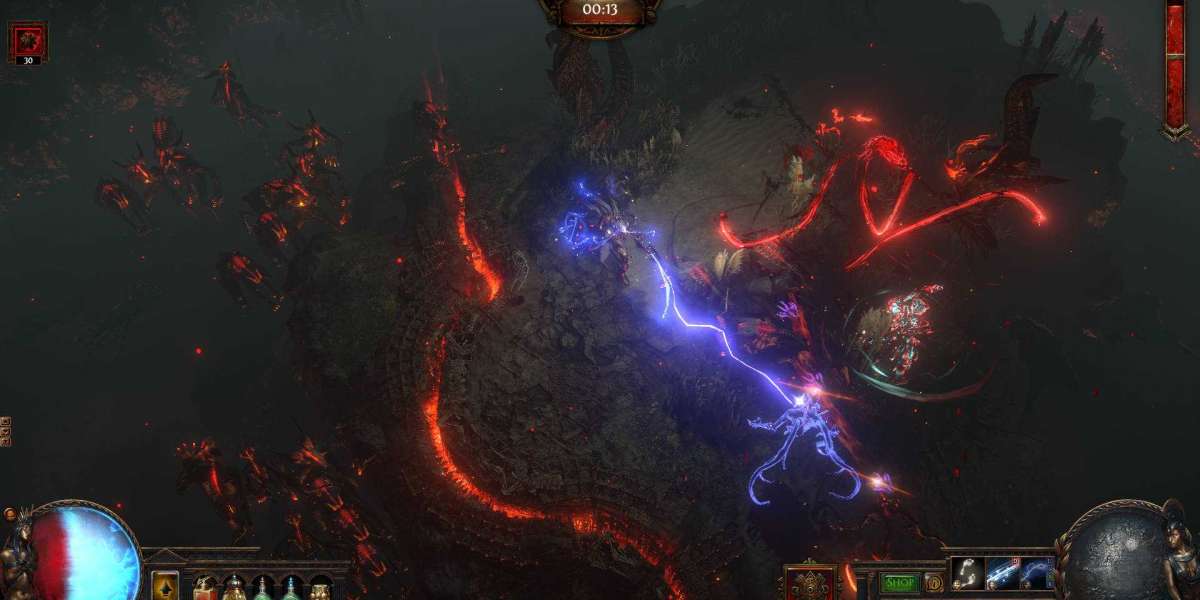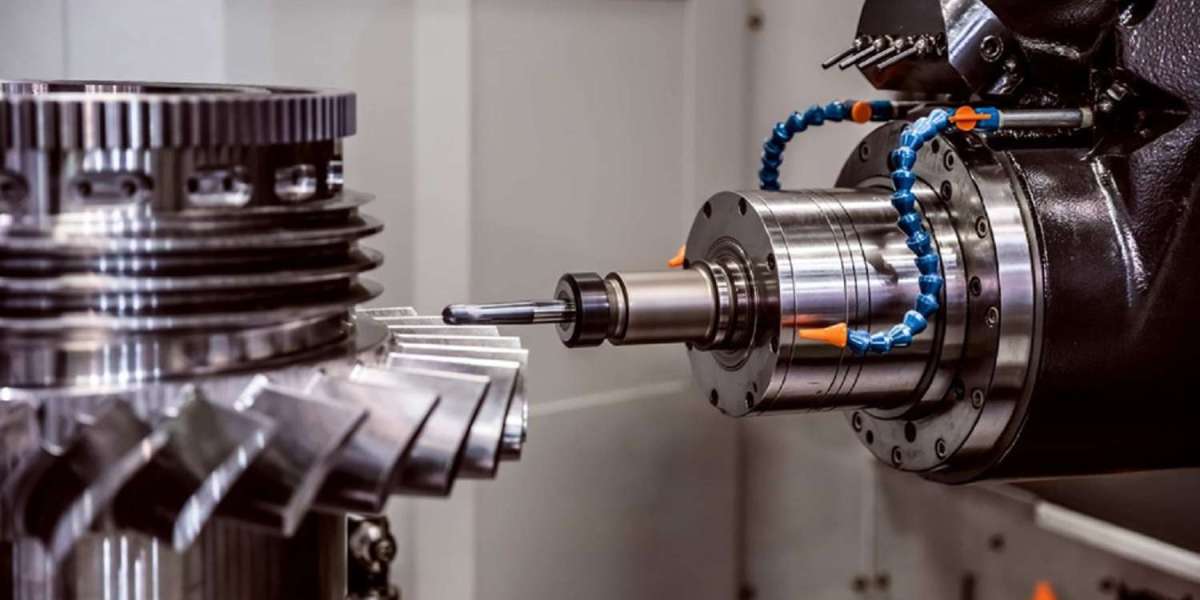In the world of Art Full Illustrations, characters aren't just figures on a page; they're vessels of emotion. Their expressions, posture, and even the subtlest details in their design can convey a whole spectrum of feelings, drawing readers into the heart of the story. Here's your guide to crafting Art Full Illustrations where emotions leap off the page:
The Language of the Face: Expressions that Speak Volumes
The human face is a powerful canvas for emotions. Here are some key expressions to master in your Art Full Illustrations:
- Happiness: Wide smiles, crinkled eyes, and raised eyebrows convey joy and contentment.
- Sadness: Downward-turned lips, furrowed brows, and drooping eyelids express sorrow and dejection.
- Anger: Gritted teeth, narrowed eyes, and furrowed brows communicate rage and frustration.
- Fear: Wide eyes, open mouth, and raised eyebrows depict terror and anxiety.
- Surprise: Arched eyebrows, open mouth, and a slightly parted jaw express astonishment or shock.
Beyond the Face: Body Language Tells the Story
A character's posture and gestures can be just as expressive as their facial features:
- Confident Characters: Stand tall with open shoulders and head held high. Gestures can be expansive and decisive.
- Insecure Characters: Slumped shoulders, crossed arms, and averted eyes communicate shyness or nervousness.
- Open and Approachable Characters: Leaning slightly forward with open palms can signal receptiveness and trust.
- Closed-off Characters: Crossed arms, clenched fists, and a turned-away posture indicate defensiveness or reluctance.
Subtle Details: The Power of Clothing and Color
Even seemingly insignificant aspects of your character's design can contribute to the emotional impact of your Art Full Illustrations:
- Clothing Choices: Ripped clothes hint at struggle, while pristine attire suggests a higher social standing. A character wrapped tightly in a cloak might be hiding something, while flowing robes can evoke a sense of wisdom or mystery.
- Color Psychology: Warm colors like yellow and red can evoke energy and excitement, while cool colors like blue and green suggest calmness or sadness.
Bringing It All Together: From Sketch to Emotionally Charged Illustration
Here's how to translate emotions into captivating Art Full Illustrations:
- Understand Your Character's Inner World: Delve into their motivations, desires, and fears. What emotions are they likely to experience in this particular scene?
- Research and Reference: Look at photos or real-life expressions to capture the nuances of specific emotions.
- Sketching with Emotion: As you sketch, imbue your lines with the character's emotional state. Are their lines sharp and angry, or loose and carefree?
- Color with Feeling: Choose colors that enhance the emotional tone of the scene. A tense confrontation might be dominated by cool blues, while a joyous reunion could burst with warm yellows and oranges.
Art Full Illustrations: Show, Don't Tell
The beauty of Art Full Illustrations lies in their ability to convey emotions visually, letting the artwork do the talking. Let your characters' expressions, body language, and design elements tell the story, creating a powerful emotional connection with your readers.
Share your tips for conveying emotion in Art Full Illustrations! In the comments below, post your favorite examples or sketches that capture a specific feeling. Let's create a vibrant Art Full Illustrations community where characters come alive not just through action, but through the power of emotion!








